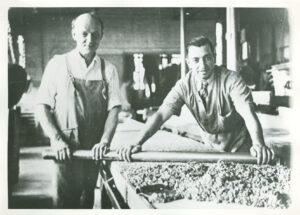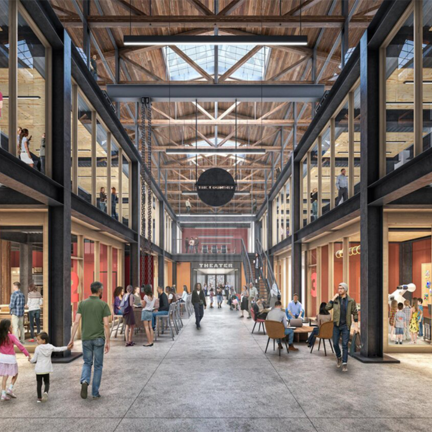
The Foundry and Squirrel Brand Apartments share something: examples of adaptive reuse
By Fatimah Ali, 2022
Adaptive reuse – revitalizing an existing, often imperfect, structure for new purposes – exists in many forms, but is often good environmentally. From refurbishing building materials to “cultural recycling” of entire structures, it means avoiding complete demolition.
The highly anticipated Foundry community building at 101 Rogers St., East Cambridge, transforms a Blake & Knowles Steam Pump factory from 1890 that processed up to 50 tons of iron per day.
The facility was once a nationally recognized example of Cambridge’s industrial history, albeit harboring harsh working conditions for mainly women laborers. They fought for, and eventually gained, more humane working conditions, making this historic building a landmark for the women’s rights movement in Cambridge. When it opens Sept. 10, the reimagined space will serve as a hub for community engagement and creative expression next to Kendall Square.
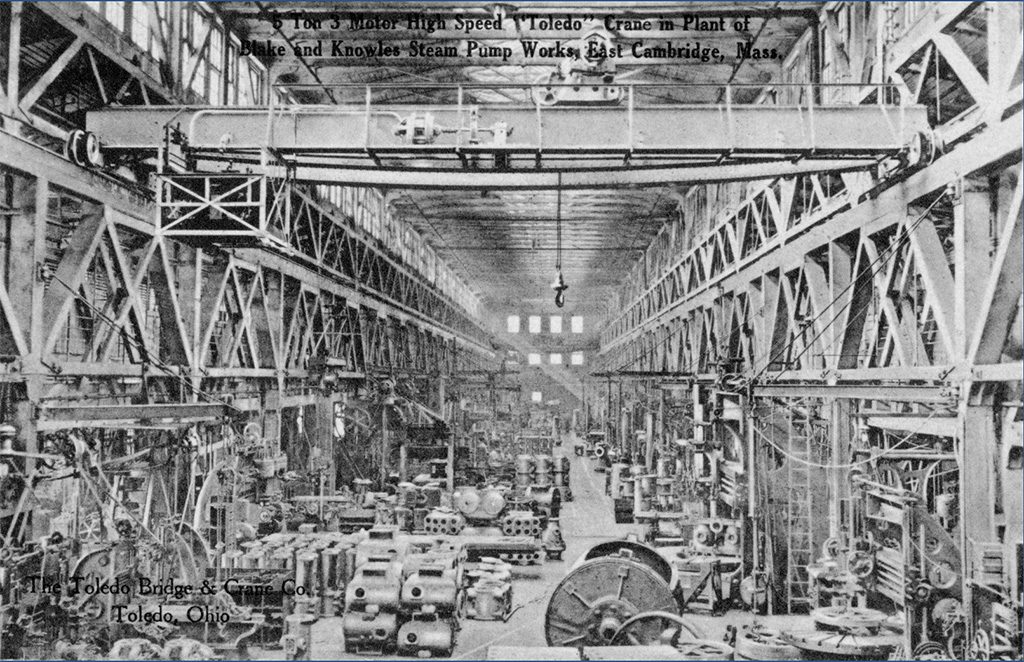
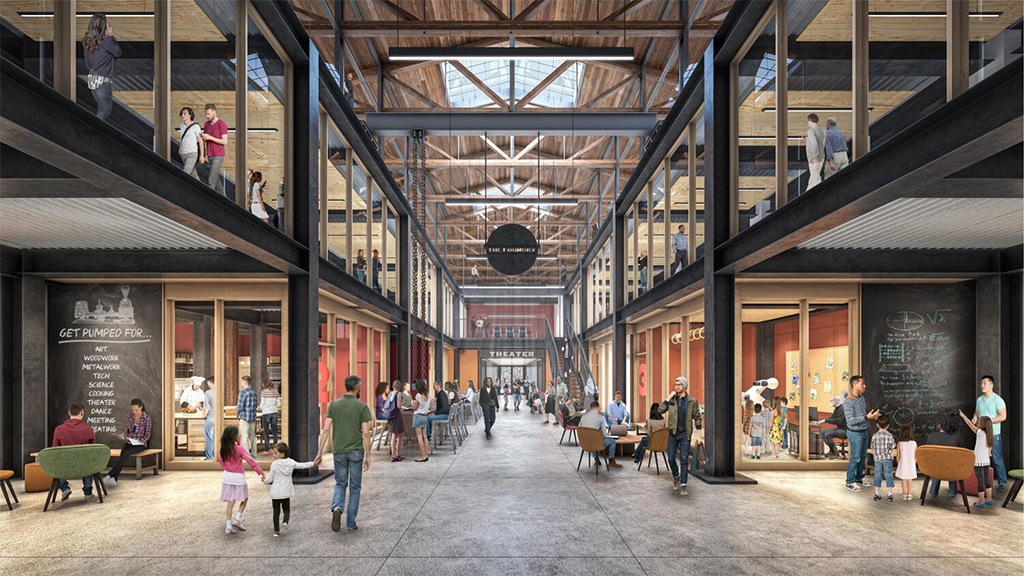
The original structure had a high, single floor inside, ideal for maneuvering large cranes and machinery. The walls’ metal trusses, reinforced with wood, suit the building’s redesign, allowing enough support for two additional floors that create the potential for a wide variety of new uses. The addition of large metal supports creates a streamlined way to travel its length. The structural steel maintains the fluidity of an open concept, negating the need for numerous dividing walls.
Another successful adaptive reuse project can be seen in The Port, at the Squirrel Brand apartments. Like the Foundry, this building was originally a factory, famous for the production of candies and nuts such as Squirrel Nut Zippers.
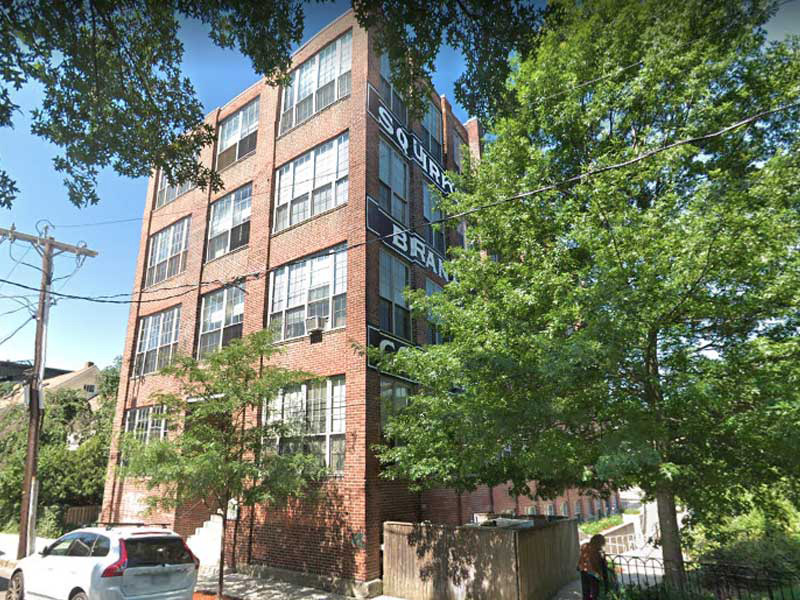
The words “Squirrel Brand Company” are still visible on the exterior, but rehabilitation in 2002 by the nonprofit developer Just A Start turned the building into 18 affordable apartments. Sustainable in design, and next to a public park and community garden, this project serves as a productive revitalization of a historic building that would otherwise be a victim of demolition or disuse.
Information about The Foundry’s construction process is here. Details on its grand opening and other events is here.
Fatimah Ali is an intern this summer with History Cambridge researching the history of Indigenous people in Cambridge. She is a rising senior at Wellesley College studying architecture with a concentration in urban studies.
This article was originally published in our “Did You Know?” column in Cambridge Day.





